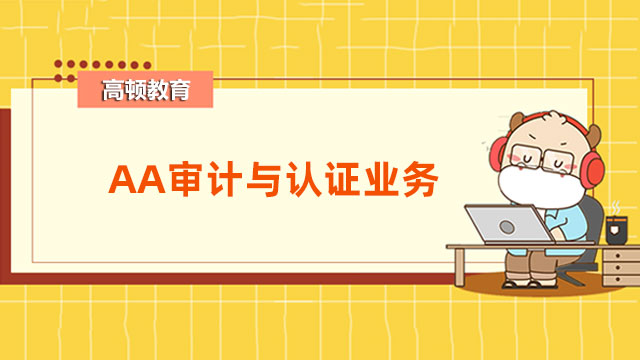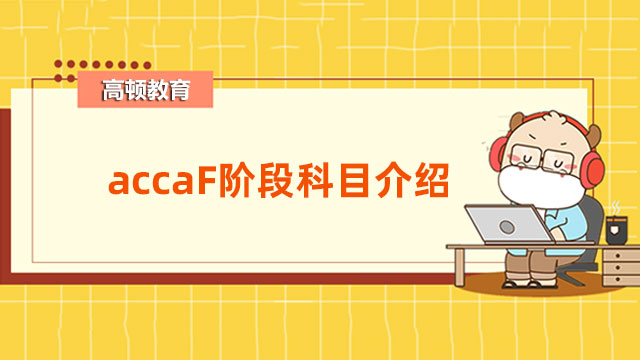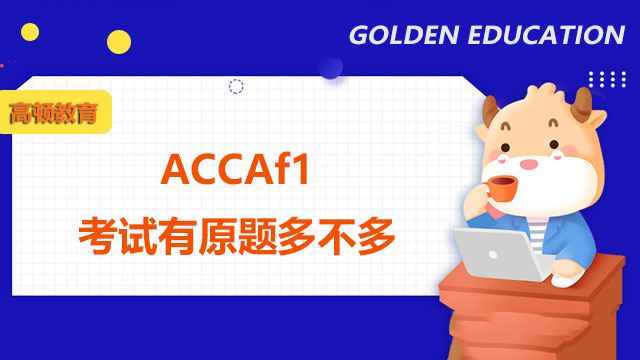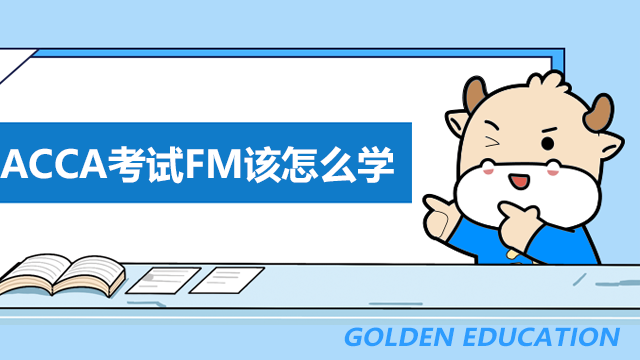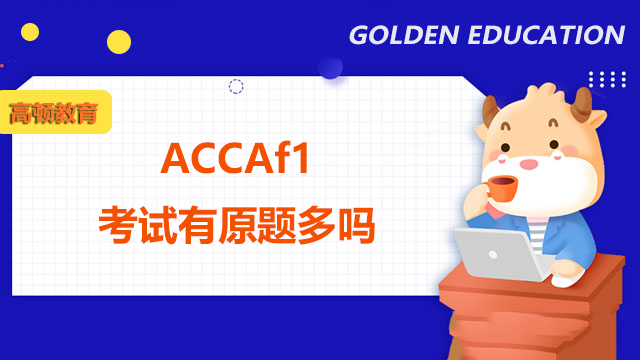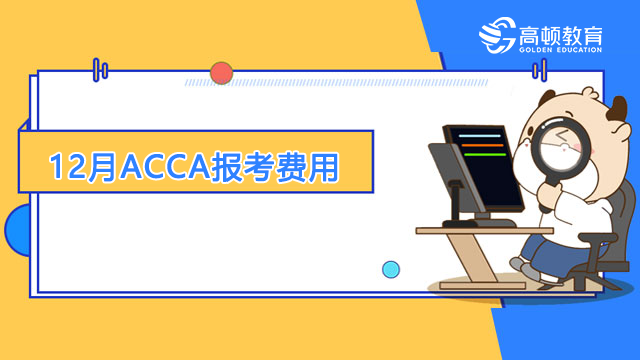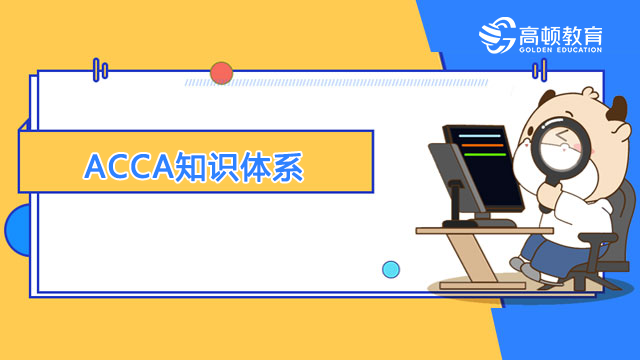2012年ACCA考试《F1会计师与企业》讲义10
来源:
高顿网校
2013-05-24
Chapter 2
organisation structure
Chapter learning objectives
Upon completion of this chapter you will be able to:
§ explain the different ways in which an organisation might be structured
§ list advantages and disadvantages of each type of organizational arrangement
§ define the terms scalar chain and span of control
§ what factors influence the span of control
§ give reasons why ownership and management of the organisation are often separated
§ explain what is meant by centralised/decentralised structure
§ what are the advantages and disadvantages of the informal organisation
§ identify what impact the informal organisation has on the business
§ how can managers foster the benefits of the informal organization while at the same time reducing its potential disadvantages.
1 Organisational structure
1.1 Different types of structure
A typical pattern of structure change can be represented by the following sequence.
Entrepreneurial
§ This type of structure is built around the owner manager and is typical of small companies in the early stages of their development.
§ The entrepreneur often has specialist knowledge of the product or service
§ Example owner/managed business
AdvantagesDisadvantages
§ Fast decision making.
§ More responsive to market.
§ Goal congruence
§ Good control
§ Close bond to workforce§ Lack of career structure.
§ Dependant on the capabilities of the manager/owner
§ Cannot cope with diversification/ growth.
Expandable text
Advantages
§ There is only one person taking decisions – this should lead to decisions being made quickly.
§ As soon as an element of the market alters, the entrepreneur should recognise it and act quickly.
§ A lack of a chain of command and the small size of the organisation should mean that the entrepreneur has control over the workforce and all decisions within the organisation leading to a lack of goal congruence.
Disadvantages
§ This type of structure is usually suited to small companies where due to the size; there is no career path for the employees.
§ If the organisation grows, one person will not be able to cope with the increased volume of decisions etc.
Functional structure
§ This type of structure is common in organisations that have outgrown the entrepreneurial structure and now organise the business on a functional basis.
§ It is most appropriate to small companies which have few products and locations and which exist in a relatively stable environment.
§ For example a business making one type of electrical component for use in a car manufacturing company.
AdvantagesDisadvantages
§ Economies of scale.
§ Standardisation.
§ Specialists more comfortable.
§ Career opportunities.§ Empire building.
§ Slow.
§ Conflicts between functions.
§ Cannot cope with diversification.
Expandable text
Advantages
§ This organisational structure relates to an organisation which has outgrown the entrepreneur stage. Rather than duplicating roles in different parts of the company, similar activities are grouped together so leading to:
§ lower costs
§ standardisation of output/systems, etc.
§ people with similar skills being grouped together and so not feeling isolated.
§ Due to the larger size of the organisation and the grouping into functions, there is a career path for employees – they can work their way up through the function.
Disadvantages
§ Managers of the functions may be try to make decisions to increase their own power/be in the best interest of their function rather that work in the best interest of the company overall.
§ Due to the longer chain of command, decisions will be made more slowly.
§ This style of structure is not suited to an organisation which is rapidly growing and diversifying – the specialists in for example the production function would not be able to cope with making gas fires and radios.
Product/Division/Department
§ Organisation structured in accordance with product lines or divisions or departments.
§ They are headed by general managers who enjoy responsibility for their own resources.
§ Divisions are likely to be seen as profit centres and may be seen as strategic business units for planning and control purposes.
§ Some departments, e.g. accounts will be centralised.
AdvantagesDisadvantages
§ Enables growth.
§ Clear responsibility for products/divisions
§ Training of general managers.
§ Easily adapted for further diversification.
§ Top management free to concentrate on strategic matters.§ Potential loss of control.
§ Lack of goal congruence.
§ Duplication.
§ Specialists may feel isolated.
§ Allocation of central costs can be a problem
Expandable text
Advantages
§ If an organisation wants to grow and diversify, the functional structure can not cope, so instead the divisional structure should be adopted. Should the company want to diversify further, it is easy to ‘bolt on’ another division.
§ It encourages growth and diversity of products, e.g. by adding additional flavours etc to capture other segments of the market. This in turn promotes the use of specialised equipment and facilities.
§ Due to the break down of the company’s activities into the divisions, it should mean that the divisional managers can clearly see where their area of responsibility lies and it should leave the top management free to concentrate on strategic matters, rather than to get involved in the day to day operations of each division – although this can lead to a lack of goal congruence.
§ The focus of attention is on product performance and profitability. By placing responsibility for product profitability at the division level, they are able to react and make decisions quickly on a day to day basis.
§ The role of the general manager is encourages with less concentration upon specialisation. This promotes a wider view of the company’s operations.
Disadvantages
§ In most divisionalised companies, some functions, e.g. accounting or human resources will be provided centrally. If this is the case, the cost of the centralised function could be recharged to those divisions using e.g. the human resource function. There are different ways of calculating the recharge and divisional managers may complain if the profitability of their division is reduced by an amount that they perceive as being arbitrary.
Geographically structured
§ Grouping activities on the basis of location.
§ Common in organisations that operate over a wide geographic area.
§ Often, some departments e.g. accounts will be centralised.
§ For example Kaplan.
AdvantagesDisadvantages
§ Enables geographic growth.
§ Clear responsibility for areas.
§ Training of general managers.
§ Top management free to concentrate on strategic matters§ As for divisional structure above
Expandable text
Product divisionalisation is generally preferred over say geographic divisionalisation when the product is relatively complex and requires a high cost of capital equipment, skilled operators etc., e.g. the car industry.
Matrix
§ A matrix structure aims to combine the benefits of decentralisation (e.g. speedy decision making) with those of co-ordination (achieving economies and synergies across all business units, territories and products).
§ It usually requires employees from various departments to form a group to achieve a specific target.
§ They require dual reporting to managers and the diagram shows a mix of product and functional structures.
§ For example in a university, a lecturer may have to report to both subject and department heads.
AdvantagesDisadvantages
§ Advantages of both functional and divisional structures.
§ Flexibility.
§ Customer orientation.
§ Encourage teamwork and the exchange of opinions and expertise.§ Dual command and conflict.
§ Dilution of functional authority.
§ Time-consuming meetings.
§ Higher admin costs.
Expandable text
Advantages
§ In today’s rapidly changing environment, there is a need for effective coordination in very complex situations. If a car manufacturer wants to design, produce and market a new model, the process involves most parts of the organisation and a flexible/adaptable system is needed to achieve the objectives. The more rigid structure experienced in a divisional company would not have the flexibility to be able to coordinate the tasks and the people, whereas the matrix structure can cope.
§ The production managers could be replaced with customer managers, in which case the whole team will be focused on meeting the needs of the customer.
Disadvantages
§ Where the matrix structure can cause difficulty is in the lines of control. These may become ambiguous and conflict with each other. A team member may answerable to the product manager and to his functional superior, and this may cause confusion and stress. Time consuming meetings may be required to resolve the conflict, so resulting in higher administration costs.
Expandable text
Few organisations adopt a pure structural type; the skill is in blending the structure to the organisation’s circumstances. There is a whole range of ‘shades of grey’ between these pure types of structure, e.g. a company may move from a functional to a divisional structure by a series of small incremental changes.
Test your understanding 1
Outline the main features of a functional organisational structure.
Test your understanding 2
Food plc is company that manufactures dried packet and tinned soups, tinned vegetables and is about to start making specialist soups for sale in small delicatessens hot healthy ‘food on the go’. They have recently recruited a specialist from ‘Gourmet Soups’ to help them with their new venture. The packet and tinned soups are sold to 2 major supermarkets, the tinned vegetables to many outlets. Design an organisational structure for Food plc.
版权声明:本条内容自发布之日起,有效期为一个月。凡本网站注明“来源高顿教育”或“来源高顿网校”或“来源高顿”的所有作品,均为本网站合法拥有版权的作品,未经本网站授权,任何媒体、网站、个人不得转载、链接、转帖或以其他方式使用。
经本网站合法授权的,应在授权范围内使用,且使用时必须注明“来源高顿教育”或“来源高顿网校”或“来源高顿”,并不得对作品中出现的“高顿”字样进行删减、替换等。违反上述声明者,本网站将依法追究其法律责任。
本网站的部分资料转载自互联网,均尽力标明作者和出处。本网站转载的目的在于传递更多信息,并不意味着赞同其观点或证实其描述,本网站不对其真实性负责。
如您认为本网站刊载作品涉及版权等问题,请与本网站联系(邮箱fawu@gaodun.com,电话:021-31587497),本网站核实确认后会尽快予以处理。
点一下领资料
【整理版】ACCA各科目历年真题
真题高频考点,刷题全靠这份资料
下载合集
acca全科学习思维导图
梳理核心考点,一图看懂全部章节
下载合集
2023年acca考纲解析
覆盖科目重难点,备考按照计划走
下载合集
acca备考 热门问题解答
- acca考试怎么搭配科目?
-
建议优先选择相关联的科目进行搭配报考,这样可以提高备考效率,减轻备考压力,1、F1-F4:为随时机考科目,难度较低,这里可以自行随意选择考试顺序。2、F5-F9:如果你的工作的和财务会计或者审计有关、或者你比较擅长财务和审计的话,推荐先考F7和F8。你可以选择一起考ACCA考试科目F7和F8或者先考F7(8)再考F8(7),这就要取决你一次想考几门。3、P阶段:选修科目中,建议企业首选AFM!第二部分科目进行选择,如果AA和SBR掌握学生更好,可以通过选择AAA,如果SBL掌握的好,可以自己选择APM。
- acca一共几门几年考完?
-
acca一共有15门考试科目,其中有必修科目和选修科目,考生需要考完13门科目才能拿下证书。
- acca一年考几次?
-
acca一年有4次考试,分别是3月、6月、9月和12月,分季机考科目是采取的这类四个考季的模式,而随时机考则是没有这方面的时间规定限制,可以随报随考。
- acca的含金量如何?
-
ACCA证书的含金量是比较高的,从就业、能力提升、全球认可等角度来说,都是比较有优势的证书,其含金量主要表现在以下几个方面:1、国际化,认可度高;2、岗位多,就业前景好;3、缺口大,人才激励。
严选名师 全流程服务
其他人还搜了
热门推荐
-
acca《TX税务》2023-2024考纲变动高达10%,考生请注意! 2023-04-25
-
accaf阶段包括哪几门?这些重点你要注意! 2023-03-30
-
accaF阶段科目考完需要多久?难度大吗? 2023-03-28
-
accaF阶段科目详细信息介绍,这篇介绍全了! 2023-03-23
-
acca《AA审计与认证业务》详细介绍,一文完全了解! 2023-03-17
-
accaF阶段科目介绍,全科难度排序来了! 2023-03-15
-
accaF阶段学多久?学姐经验分享! 2023-03-10
-
accaF阶段科目先考哪个好?报考要注意什么? 2023-02-15
-
accaF8怎么学?备考经验总结! 2023-01-18
-
ACCA考试F阶段考试科目 2022-11-01
-
ACCAf1考试有原题多不多?如何查看考试成绩? 2022-10-19
-
ACCAf阶段的科目内容分别是什么?考试形式是什么? 2022-10-11
-
ACCAf阶段考试科目有哪些?学科内容都是什么? 2022-10-11
-
在上海读ACCA专业的就业前景如何?报名条件是什么? 2022-10-09
-
在上海读ACCA专业的就业前景如何?报名条件是什么? 2022-10-09
-
在上海读ACCA专业的就业前景如何?报名条件是什么? 2022-10-09
-
2023年ACCA考试报名条件是什么?考试报名流程是什么? 2022-09-26
-
2023年3月份考试ACCAf阶段的考试内容是什么?附答题技巧 2022-09-26
-
ACCAf1考试时间是怎么安排的?看完这篇你就知道了 2022-09-13
-
特许公认会计师基础阶段的考试内容是什么?考察什么内容? 2022-09-08
-
ACCA考试FM该怎么学?这份攻略请收好! 2022-09-08
-
ACCA专业的就业前景如何?报名条件是什么? 2022-08-26
-
ACCAf5到f9搭配如何搭配更好?附备考建议! 2022-08-26
-
ACCA要通过多少门才有用?如何申请会员证书? 2022-08-18
-
ACCAf1考试有原题多吗?如何查看考试分数? 2022-08-17
-
12月ACCA报考费用多少钱?报名截止日期什么时候? 2022-08-15
-
ACCA知识体系是什么?附备考攻略! 2022-08-15
-
9月ACCA前四科考试时间是什么时候?附考试攻略! 2022-08-15
-
9月ACCA的F2考试时间是什么时候?什么时候出成绩? 2022-08-12
-
ACCA考下来薪资有多少?考了ACCA有什么好处? 2022-08-08
 更多服务
更多服务










